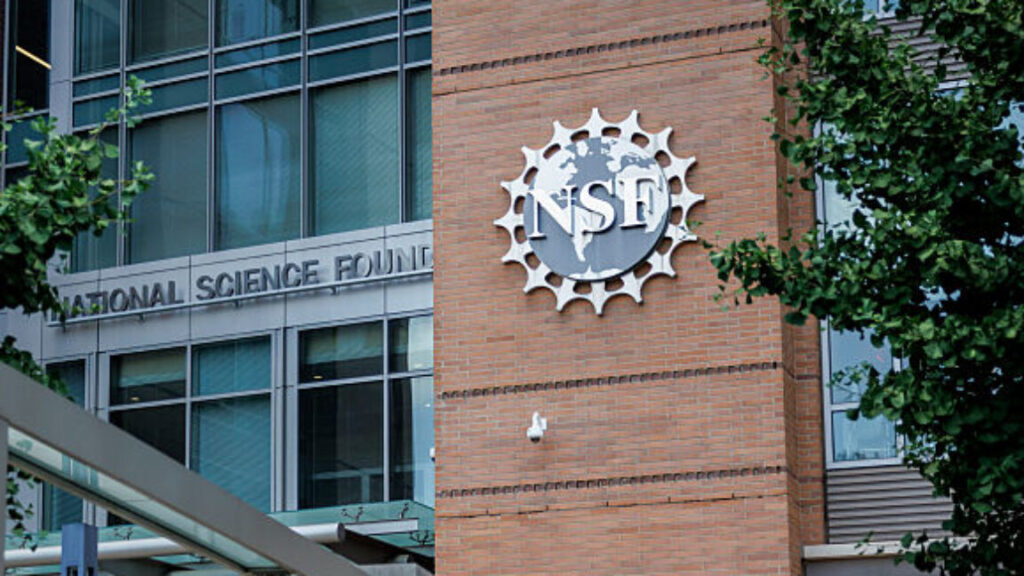Whistleblower scientists outline Trump’s plan to politicize and dismantle NSF
Nearly 150 employees of the National Science Foundation (NSF) sent an urgent letter of dissent to Congress on Tuesday, warning that the Trump administration’s recent “politically motivated and legally questionable” actions threaten to dismantle the independent “world-renowned scientific agency.”
Most NSF employees signed the letter anonymously, with only Jesus Soriano, the president of their local union (AFGE Local 3403), publicly disclosing his name. Addressed to Rep. Zoe Lofgren (D-Calif.), ranking member of the House Committee on Science, Space, and Technology, the letter insisted that Congress intervene to stop steep budget cuts, mass firings and grant terminations, withholding of billions in appropriated funds, allegedly coerced resignations, and the sudden eviction of NSF from its headquarters planned for next year.
Perhaps most disturbingly, the letter revealed “a covert and ideologically driven secondary review process by unqualified political appointees” that is now allegedly “interfering with the scientific merit-based review system” that historically has made NSF a leading, trusted science agency. Soriano further warned that “scientists, program officers, and staff” have all “been targeted for doing their jobs with integrity” in what the letter warned was “a broader agenda to dismantle institutional safeguards, impose demagoguery in research funding decisions, and undermine science.”
At a press conference with Lofgren on Wednesday, AFGE National President Everett Kelley backed NSF workers and reminded Congress that their oversight of the executive branch “is not optional.”
Taking up the fight, Lofgren promised to do “all” that she “can” to protect the agency and the entire US scientific enterprise.
She also promised to protect Soriano from any retaliation, as some federal workers, including NSF workers, alleged they’ve already faced retaliation, necessitating their anonymity to speak publicly. Lofgren criticized the “deep shame” of the Trump administration creating a culture of fear permeating NSF, noting that the “horrifying” statements in the letter are “all true,” yet filed as a whistleblower complaint as if they’re sharing secrets.
Whistleblower scientists outline Trump’s plan to politicize and dismantle NSF Read More »




